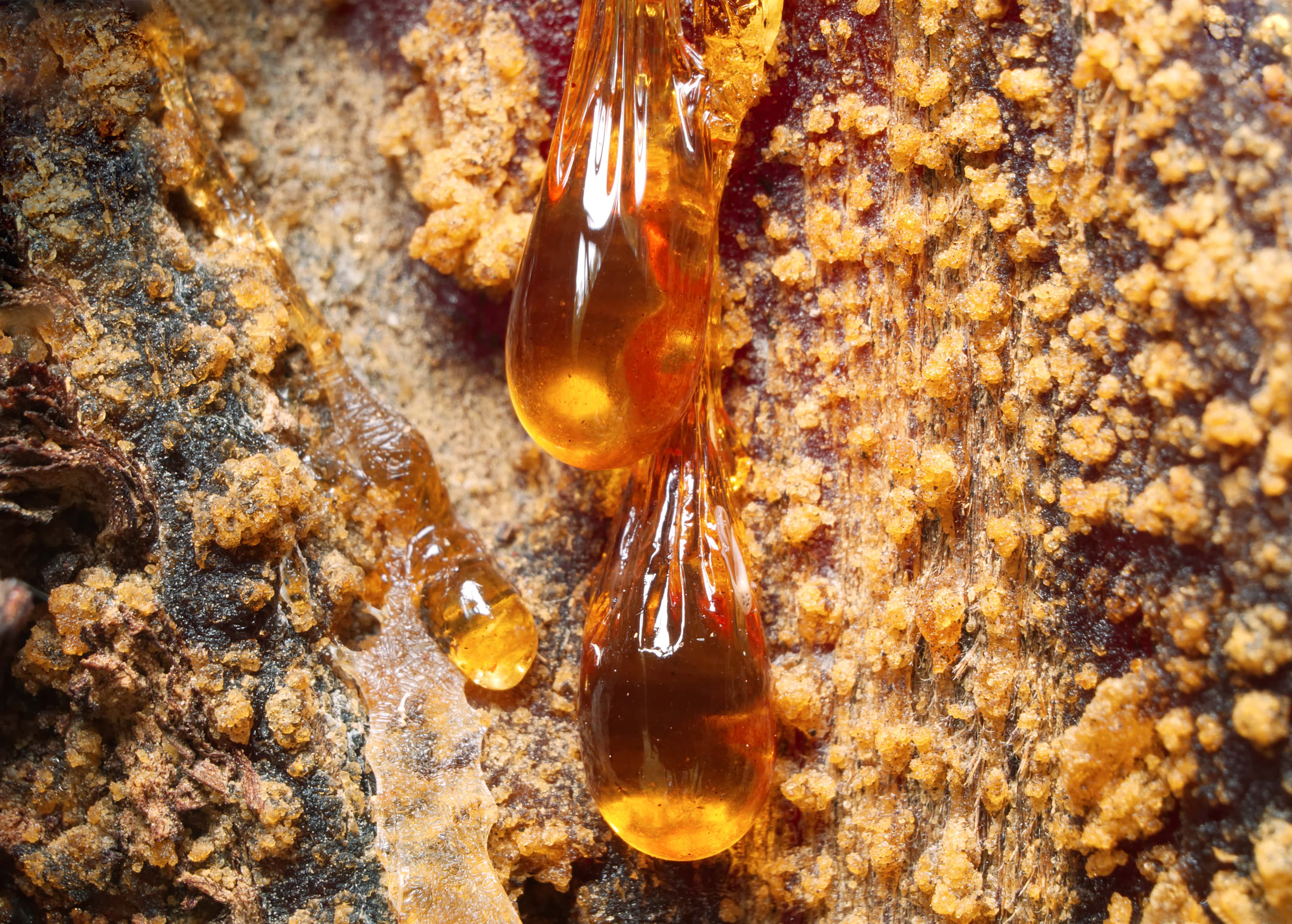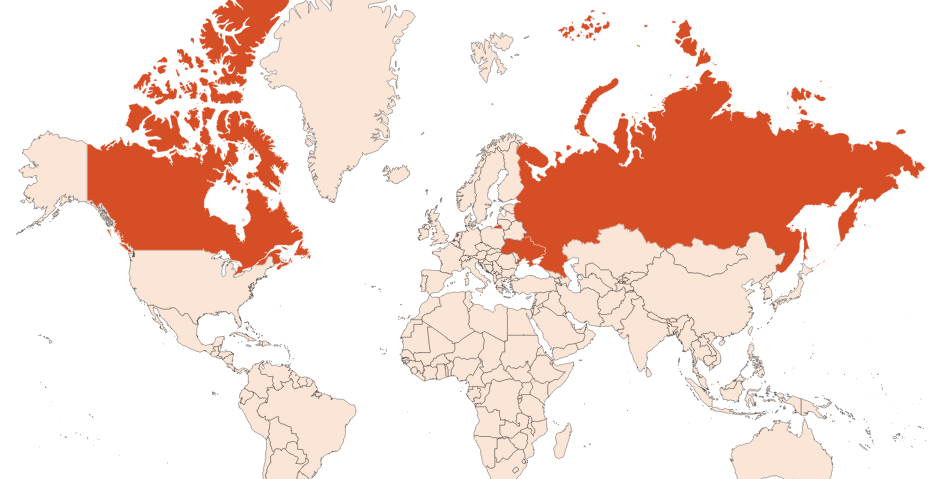Turpentine EO
Naturelle
Woody > Coniferous > Zesty > Spicy

Crédits photo: ScenTree SAS
Latin name :
Pinus sylvestris
Botanical profile :
Turpentine is the resin of the Scots pine, of the Pinaceae family and the genus Pinus.
Geographic origin :
Native to Asia and Europe, Scots pine is grown in Russia, Canada, France and the USA.
Chemotypes :
Scots pine has two different chemotypes: one is ssp. sylvetris and the other contains δ-3-Carene.
Other pines are commonly used in perfumery including:
The longleaf Indian pine from the Himalayas (Pinus roxburghii); the black pine (Pinus nigra), whose two subspecies are the laricio pine of Corsica and Calabria, and the black pine of Austria; the Swiss pine (Pinus cembra); the mountain pine (Pinus montana); the maritime pine (Pinus pinaster); the longleaf pine (Pinus palustris) are pines originating in Eurasia, such as the Sylvester pine.
The white pine (Pinus strobus), the red pine (Pinus resinosa), the jack pine (Pinus divaricata) and the western yellow pine (Pinus ponderosa) are pines from North America.
The difference made between a pine (genus Pinus) and a fir (genus Abies) lies in the arrangement of their needles: the needles of the pine inserted in groups of two, three or five, and the needles of the fir are arranged one by one to the twigs.
Other pines are commonly used in perfumery including:
The longleaf Indian pine from the Himalayas (Pinus roxburghii); the black pine (Pinus nigra), whose two subspecies are the laricio pine of Corsica and Calabria, and the black pine of Austria; the Swiss pine (Pinus cembra); the mountain pine (Pinus montana); the maritime pine (Pinus pinaster); the longleaf pine (Pinus palustris) are pines originating in Eurasia, such as the Sylvester pine.
The white pine (Pinus strobus), the red pine (Pinus resinosa), the jack pine (Pinus divaricata) and the western yellow pine (Pinus ponderosa) are pines from North America.
The difference made between a pine (genus Pinus) and a fir (genus Abies) lies in the arrangement of their needles: the needles of the pine inserted in groups of two, three or five, and the needles of the fir are arranged one by one to the twigs.
Extraction process :
The Sylvester pine can measure up to 40 meters high and has a bare trunk which facilitates the collection of its resin. The Sylvester pine resin is collected by incision of the tree. This resin is actually a means of defence for the tree and is secreted as soon as an aggression is inflicted on it. The resin flows out after a voluntary incision of the tree. Then, it is filtered and steam distilled. The essential oil is separated by decantation of the water at the refrigerant outlet.
The resin yield varies according to the chemotypes and the geolocation of the tree. The extraction yield of the essential oil is between 13 and 25% which explains it low cost.
The resin yield varies according to the chemotypes and the geolocation of the tree. The extraction yield of the essential oil is between 13 and 25% which explains it low cost.
Major Components :
Alpha-Pinene (75-85%)
Beta-Pinene (1-3%)
Camphene (5-15%)
D-Limonene (5-15%)
Delta-3-Carene
Terpinolene
Beta-Pinene (1-3%)
Camphene (5-15%)
D-Limonene (5-15%)
Delta-3-Carene
Terpinolene
- Uses in perfumery :
- Used as an accompaniment to other terpenes for an long-lasting effect. Used in fougere, woody notes, detergents and Christmas tree accords.
- Other comments :
- The essential oil of turpentine can be extracted to collect α-Pinene of natural origin as it is one of the main precursors.
As the essential oil of turpentine has a low cost, it is often used as an adulterant, in particular for the essential oil of Sylvester pine, whose composition must nevertheless reach particular standards. - Volatility :
- Head
- Appearance :
- Colorless viscous liquid
- Stability :
- The terpenes identified in this raw material can polymerize when they are oxidized
- Price Range :
- €
- Aromatherapy :
Informations provided below are taken from reference works in aromatherapy. They are given for information purposes only and can not constitute medical information, nor engage the responsibility of ScenTree.
Turpentine can act as cortisone, and has hypertensive virtues. It is recommended in case of asthenia (fatigue), bronchitis, sinusitis and asthma.

Crédits photo: ScenTree SAS
- EINECS number :
- 232-350-7
- FEMA number :
- 3089
- Allergens :
- D-Limonene
- IFRA :
- This ingredient is restricted by IFRA
- Annexe I :
- Some regulated synthetic ingredients are found in nature and in certain proportions in natural ingredients. This presence in nature has to be taken into account when calculating limits of use recommended by the IFRA. In case you do not know these concentrations, you can use the ones estimated by the IFRA. Here they are :
| List of regulated compounds contained in this ingredient | ||
|---|---|---|
| Regulated ingredient name | CAS N° | Estimated Concentration |
| Longifolene | 475-20-7 | 0,4 |
This ingredient is not restricted for the 48th amendment
To learn more about IFRA's standards : https://ifrafragrance.org/safe-use/library
ScenTree is solely responsible for the information provided here.


